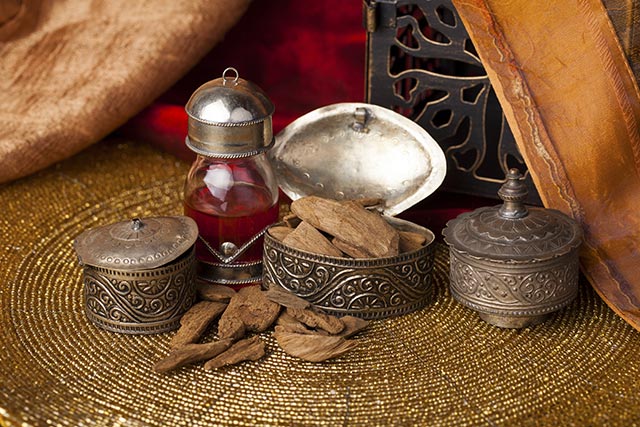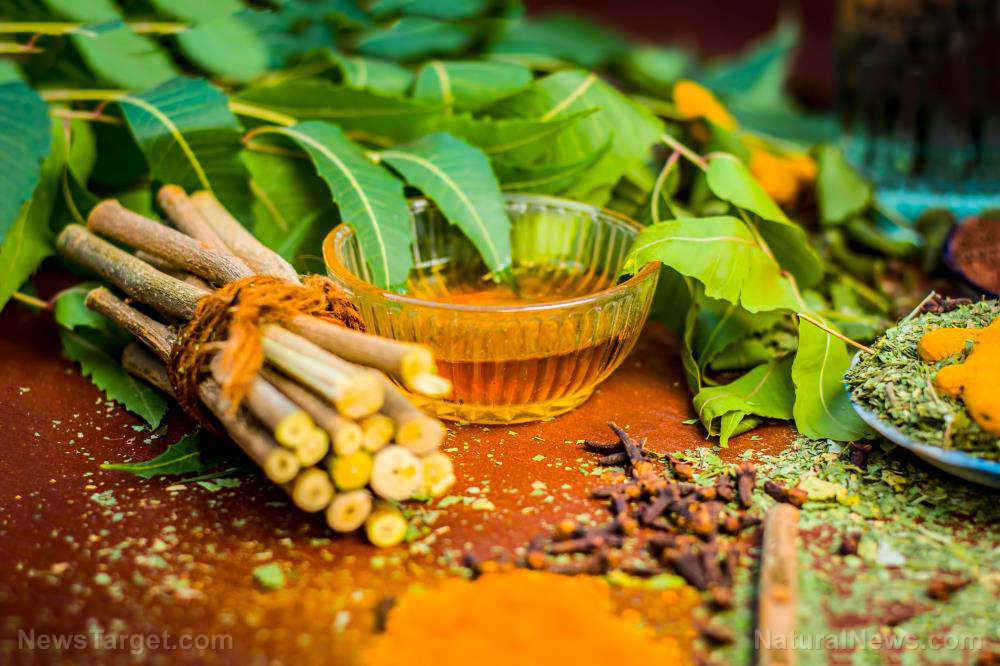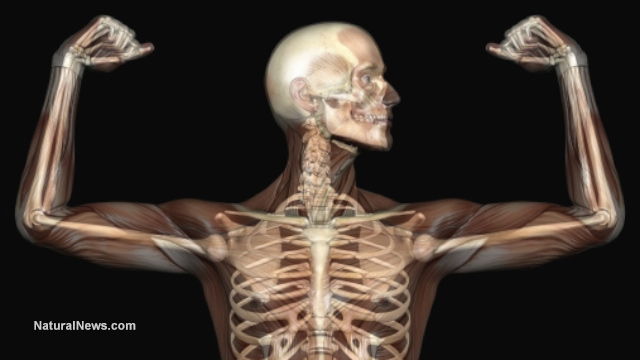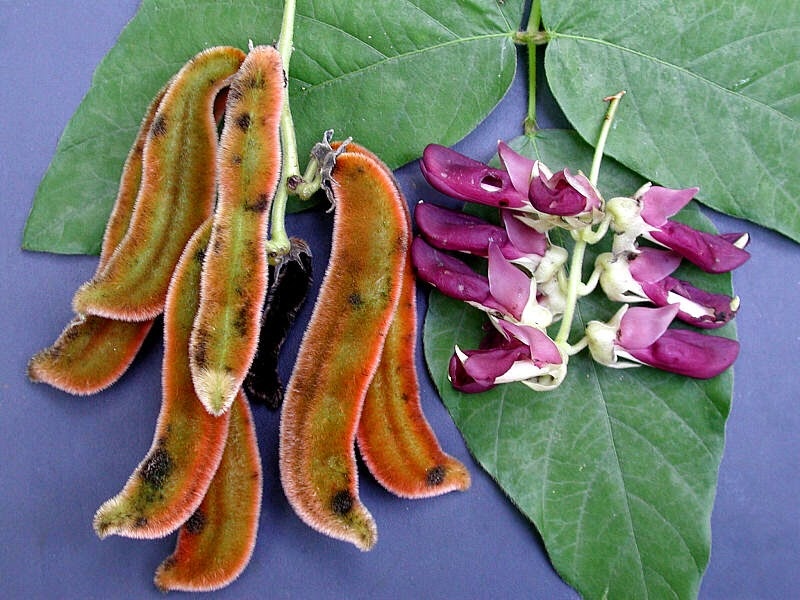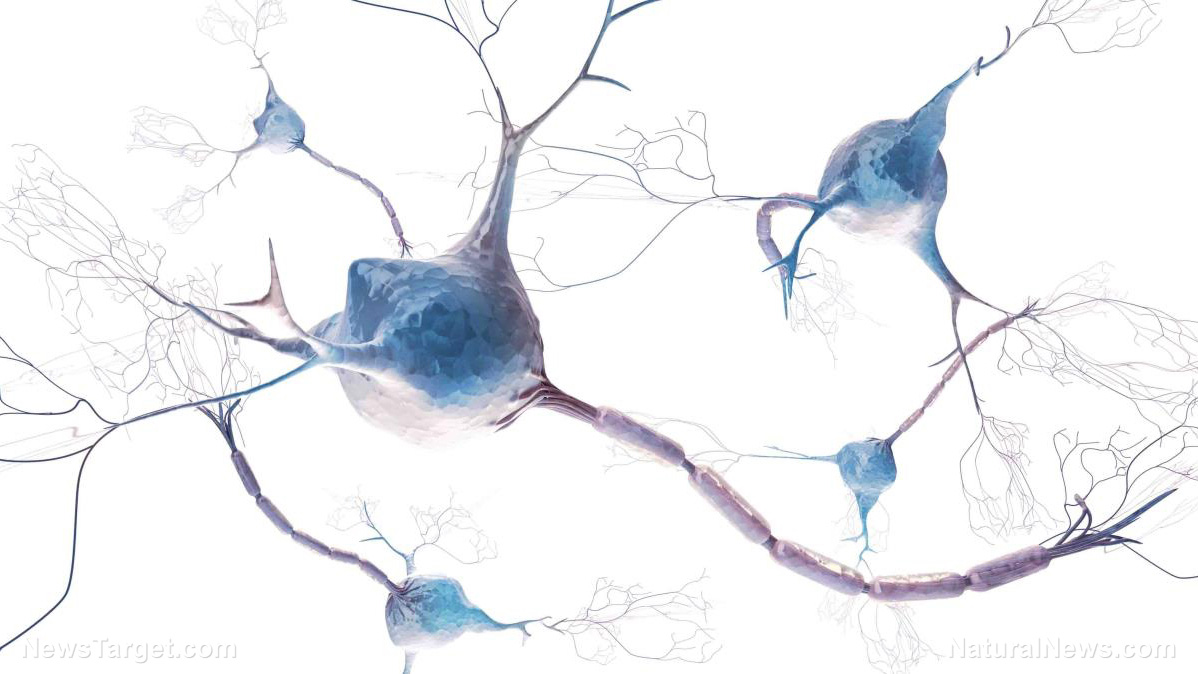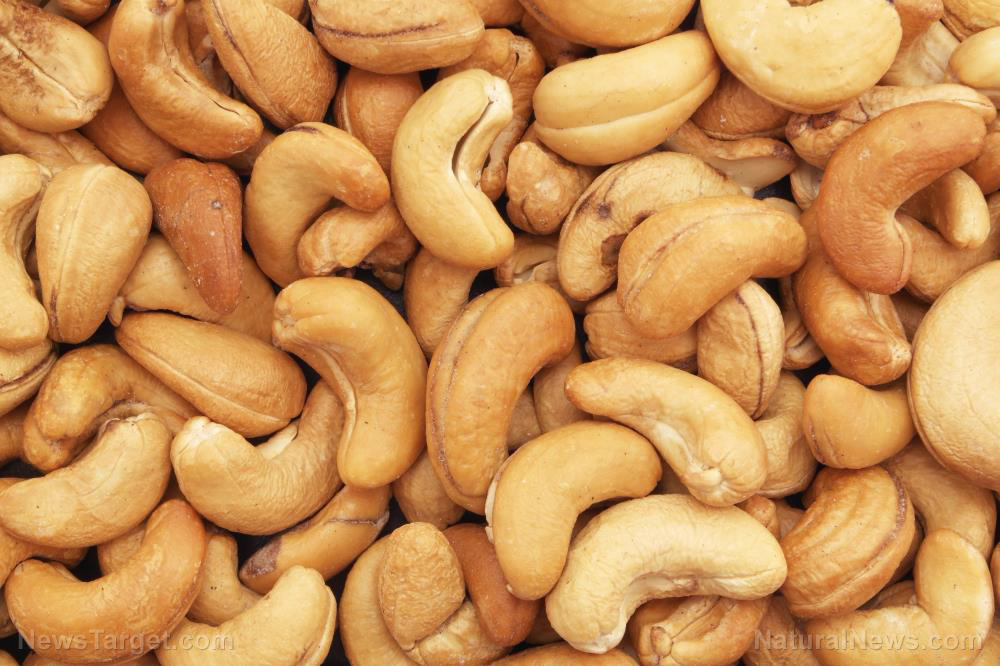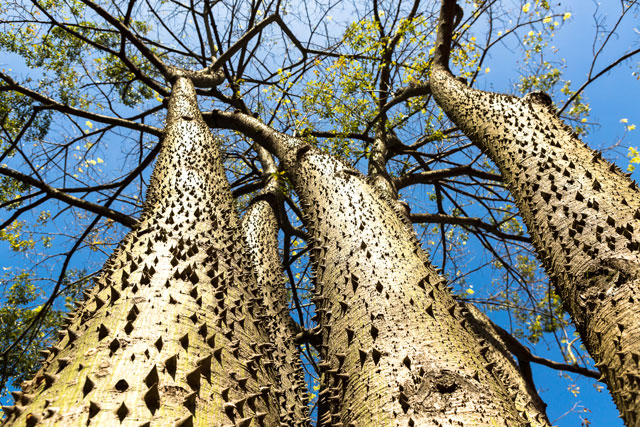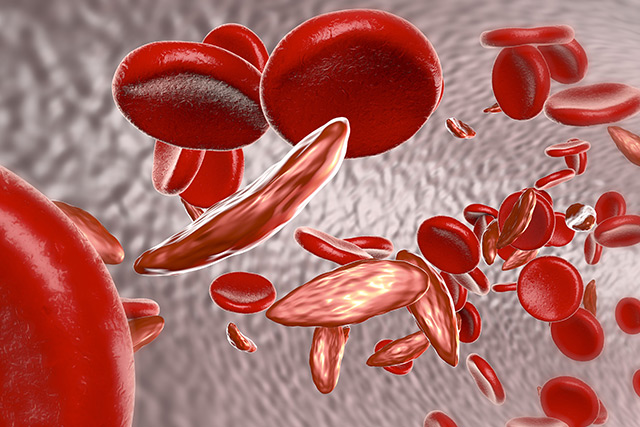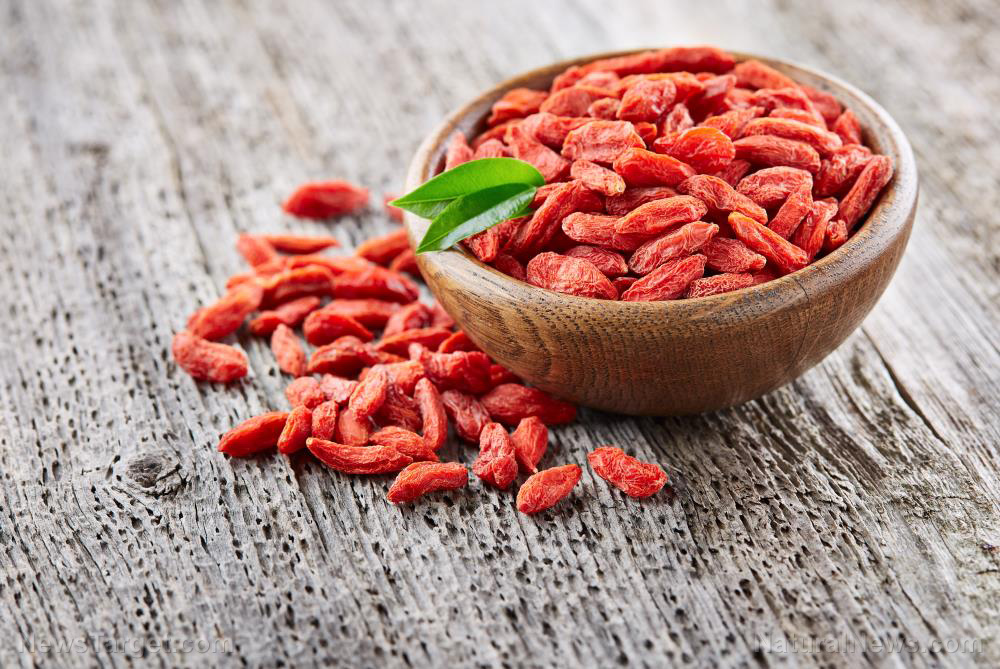Treating inflammatory skin diseases with Sanguisorbae Radix root
09/18/2018 / By Ellaine Castillo

Researchers have discovered that the herbal medicine Sanguisorbae Radix, which is the dried root of the great burnet (Sanguisorba officinalis), can be used to treat inflammatory skin conditions. This study, which was published in BMC Complementary and Alternative Medicine, looked into the underlying mechanism behind the anti-inflammatory properties of Sanguisorbae Radix water extract.
- This study made use of human keratinocyte cells and BALB/c mouse bone marrow-derived mast cells as samples for the different assays.
- Evaluation of non-cytotoxic concentrations of Sanguisorbae Radix water extract was done using viability assays.
- Beta-hexosaminidase release was measured to estimate the effect of Sanguisorbae Radix water extract on the degranulation of IgE/Ag-activated bone marrow-derived mast cells.
- The levels of different pro-inflammatory cytokines, such as TARC, RANTES, MDC, and IL-8, were measured in stimulated human keratinocytes.
- Western blotting was done to evaluate the expression levels of different pro-inflammatory markers in human keratinocyte cells stimulated with tumor necrosis factor alpha and interferon gamma and then treated with Sanguisorbae Radix water extract.
Results of the study show that Sanguisorbae Radix water extract possesses anti-inflammatory properties. It acts by inhibiting the degranulation of IgE/Ag-activated mast cells and the production of pro-inflammatory chemokines. These were observed to occur through the suppression of p38 phosphorylation and c-Jun NH2-terminal Kinase (JNK) signaling pathway in human keratinocyte cells.
Read the full text of this study at this link.
Learn more about Sanguisorbae Radix and other effective medicinal herbs by visiting Herbs.news today.
Journal Reference:
Yang J-H, Yoo J-M, Cho W-K, Ma JY. ANTI-INFLAMMATORY EFFECTS OF SANGUISORBAE RADIX WATER EXTRACT ON THE SUPPRESSION OF MAST CELL DEGRANULATION AND STAT-1/JAK-2 ACTIVATION IN BMMCS AND HACAT KERATINOCYTES. BMC Complementary and Alternative Medicine. 6 September 2016;16(347). DOI:10.1186/s12906-016-1317-4
Tagged Under: anti-inflammatory, great burnet, herbal medicine, human keratinocytes, inflammation, inflammatory skin conditions, mast cells, Sanguisorba officinalis, Sanguisorbae Radix


